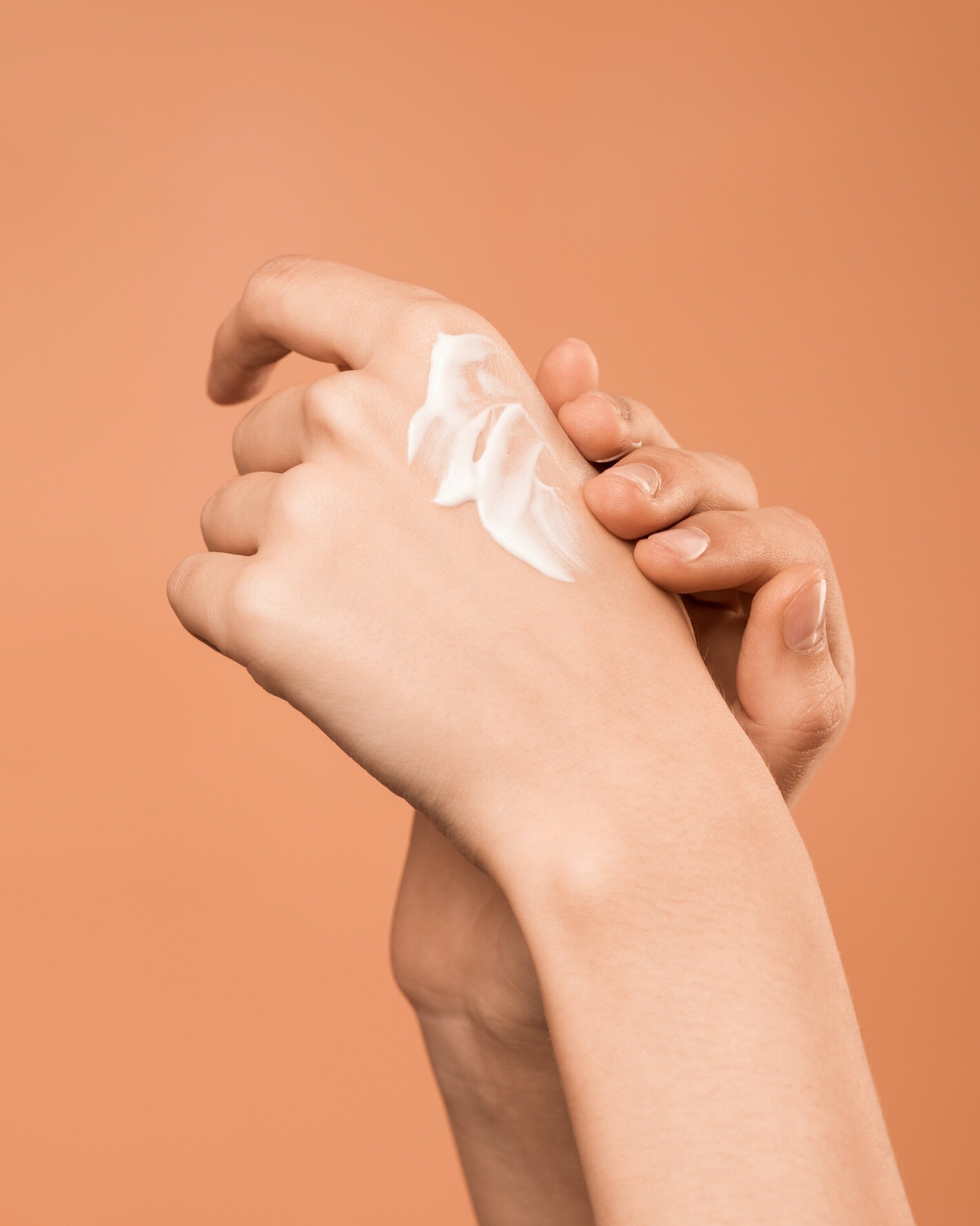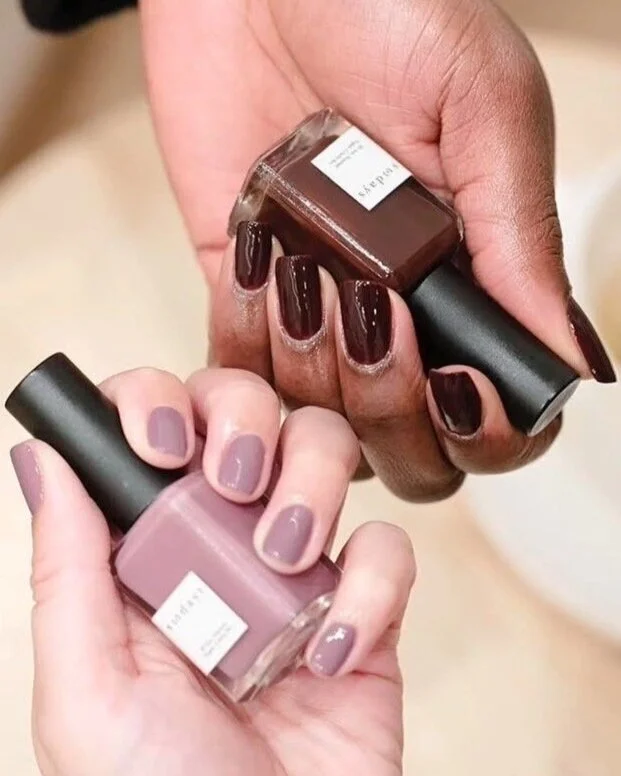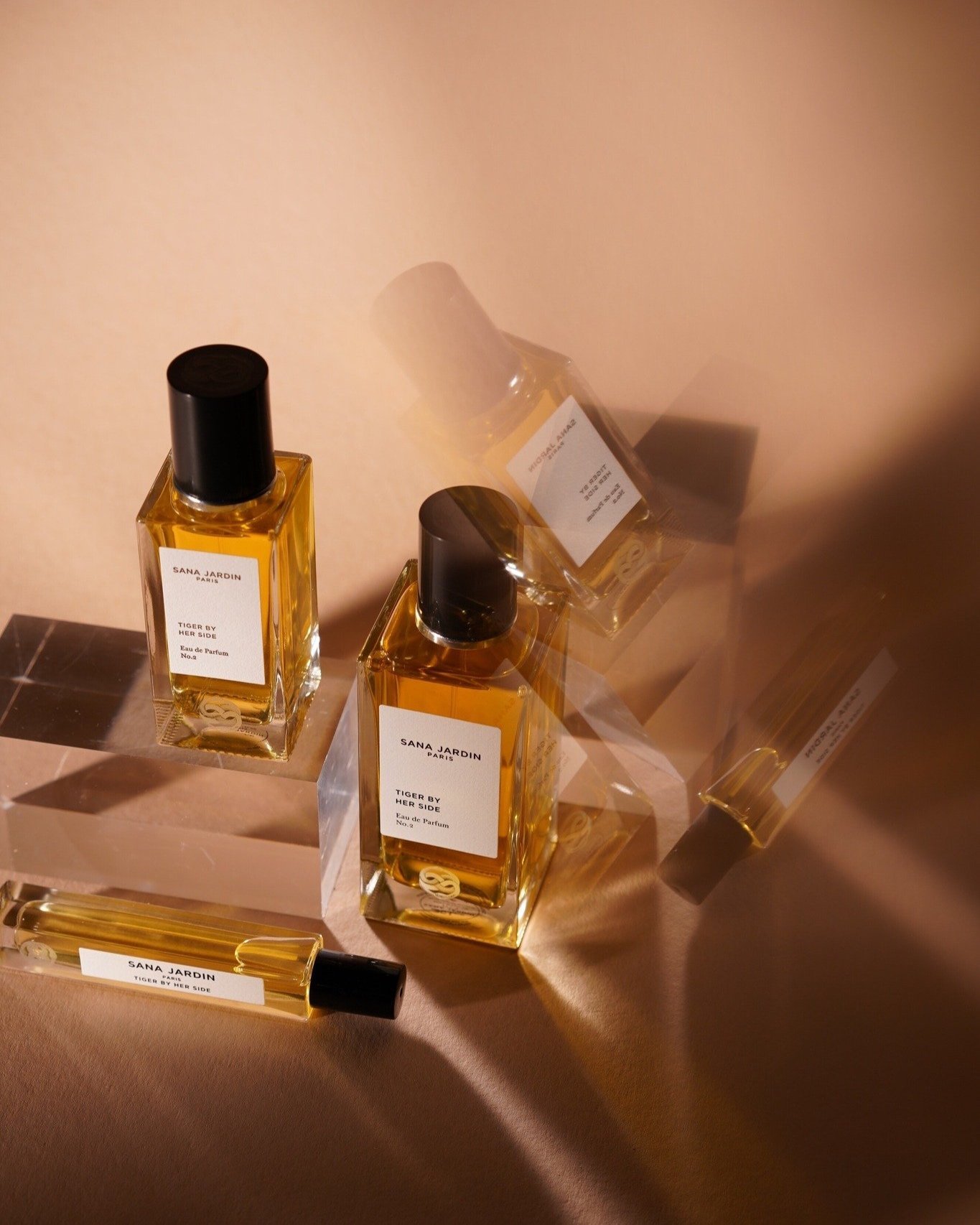What is Petroleum Jelly? (And Why You Should Stay Away)
Petroleum jelly has been used widely for over 150 years. You can find it everywhere, from hospitals to classrooms, and it’s used for everything from chapped lips to diaper rash.
In fact, it's become such a staple ingredient in personal care products that we’re often slathering it on ourselves without even knowing it.
While the controversy around petroleum jelly isn’t new, it also hasn’t been resolved. Read on to find out why anyone who cares about using safe, sustainable products on their body and in their home should think twice about reaching for a tub of Vaseline.
What is Petroleum Jelly?
Petroleum jelly is exactly what it sounds like: a gel-like byproduct of petroleum, which is a form of crude oil. In fact, it was first discovered by oil rig workers who noticed it building up on the machinery and in the bottom of empty oil barrels.
The workers began putting the semi-solid substance on cuts and bruises, noting the sealant-like effect. Word traveled fast about its apparent wonders, and the substance was branded and sold as Vaseline in 1870.
Also known as petrolatum or soft paraffin, petroleum jelly is found in a wide range of moisturizers, conditioners, lip balms, baby care, and beauty products. In addition to being the main product in Vaseline, it’s also found in products like Aquaphor, Bag Balm, and Neosporin, among others.
Even when you’re trying to avoid them, petroleum-based products may also be hiding in your favorite products under a hidden name, like mineral oil, toluene, parfum, methanol, and anything that begins with propyl or butyl. It’s a common ingredient in candles, too (look for paraffin wax on the label).
Why is Petroleum Jelly Bad?
To learn why it's bad to put petroleum jelly on your skin, it’s important to understand the process of dermal absorption. According to the Centers for Disease Control (CDC), “Dermal absorption is the transport of a chemical from the outer surface of the skin both into the skin and into the body.”
Moreover, the CDC explains that when chemicals are applied to the skin, they can pass into the bloodstream, where they can cause health problems in other areas of the body.
So what chemicals are in petroleum jelly?
The Dangers of PAHs
In its natural form, petroleum jelly contains high amounts of polycyclic aromatic hydrocarbons (PAHs). These chemical compounds occur naturally in crude oil and coal, and one of the largest sources of human exposure is in vehicle exhaust.
Cosmetics are another primary source of hydrocarbon contamination, since many cosmetic products contain petroleum. Hydrocarbons have been shown to accumulate in the body over time, meaning that continued exposure can have cumulative, adverse effects. Unsafe levels of hydrocarbon exposure were shown to affect the central nervous system, the cardiovascular system, the kidneys, and the gastrointestinal system.
In the same study, researchers outlined the main sources of hydrocarbon exposure as follows: aromatic (glues and paints), halogenated (refrigeration solvents, insecticides, and herbicides), Terpene (turpentine, pine oil, and spray paint), and aliphatic (petroleum distillates like asphalt, jet fuel, mineral oil, and yep, you guessed it, petroleum jelly.) Lastly, PAHs are also a known carcinogenic and have been linked to breast cancer.
Hydrocarbons and Hormones
Further scientific insights reveal that petroleum products and associated PAH’s can have endocrine-disrupting effects, meaning they can interfere with the body’s hormones.
Specifically, petroleum-based products were shown to elevate estrogen levels, which can lead to premature sexual development in people born with female characteristics, and prepubertal gynecomastia (development of breast tissue) in people with male physical characteristics. Endocrine disruptors have also been associated with breast cancer, and have been linked to infertility, endometriosis, nervous system disruption, diabetes, learning challenges, and more, according to the Hormone Health Network.
Proponents of petroleum jelly tout that the cosmetic-grade version of the product has been refined multiple times, thereby eliminating PAHs before they reach the shelves. It’s true that an intensive refinement process can reduce PAHs; however, there’s little transparency into how refined the petroleum jelly in any given product actually is (especially when it’s hiding under a different name).
Petroleum Jelly and Skin Health
If you’ve been considering slugging—the viral social media trend that involves covering one’s face in petroleum jelly to lock in moisture after cleansing—it might be time to think again.
Why? Because petroleum jelly is considered occlusive, which means products that contain it seal the skin in a barrier layer that prevents moisture from evaporating. This hydrates the skin by keeping in water—but it also keeps in everything else. That means it traps the bacteria and toxins your skin naturally wants to expel. Since Vaseline isn’t breathable, it can exacerbate skin challenges for those with oily or acne-prone skin.
Another thing to consider is that some of the most common uses for petroleum jelly actually aren’t recommended. For example, Vaseline’s product label denotes it’s for external use only. Yet, many people use it inside their nose to combat dryness. This is likely fine from time to time, but long-term use can lead to lipid pneumonia—a condition marked by lung inflammation, coughing, and shortness of breath.
Similarly, recent research from the University of Leeds shows that the practice of applying petroleum jelly to wounds and cuts may actually interfere with the body’s natural healing process. Researchers in the study recommend against using petroleum jelly in this manner, since the results showed it may actually increase the risk of infection.
The Best Petroleum Jelly Alternatives
The obvious drawback to using petroleum jelly is that it’s a direct result of natural resources exploitation, meaning it isn’t renewable or sustainable. Yet many people argue that since petroleum jelly is just a byproduct of something that’s being made anyway, it’s better to put the product to use.
The issue with this perspective is that it fails to consider the impact and influence of consumer spending. Buying products like Vaseline, which is owned by Unilever, gives big oil companies more incentives to keep producing petroleum byproducts.
Now imagine, that in contrast, your hard-earned money could support a company that leverages eco-friendly practices and supports renewable energy, and you’d get better results?
Here’s a look at the top petroleum jelly alternatives that are healthier for both you and the planet.
1. Waxelene Multi-Purpose Ointment
This is a go-to alternative to Vaseline. Instead of petroleum jelly, Waxelene includes soy oil, beeswax, vitamin E, and Rosemary oil, most of which are organic.
This product can be used to heal dry skin, but it’s also great as diaper cream, massage oil, lip balm, and after-sun, among dozens of other uses. Plus, it comes in a plastic-neutral product that comes in a recyclable glass jar.
2. Fat and the Moon All Salve
This multi-purpose cream from California-based Fat and the Moon is perfect for softening dry spots and healing scrapes and burns.
It contains a base of sunflower oil and beeswax, along with safely and ethically harvested herbs like Yerba Mansa and Comfrey. It also contains Calendula, which has been shown to support wound healing (along with other medicinal plants like Lavender and Oregano.)
3. Taspen’s Organics Restore and Revive Salve
Stemming from Colorado, this all-natural salve is perfect for reducing irritation and boosting skin restoration.
Use Restore and Revive Salve on dry skin, bug bites, scrapes, calluses, and baby bottoms (though it isn’t recommended while pregnant or breastfeeding). Blended in a base of coconut oil and olive oil, this product contains herbs like chickweed, St. John’s Wort, Witch Hazel, and more.
4. Dr. Bronner’s Organic Magic Balm
Dr. Bronner’s is an ethically-sourced, eco-friendly company that’s been around for decades.
Their Organic Magic Balm is perfect for healing dry skin, especially when it’s been exposed to cold or dry weather. It’s made with Avocado oil, Jojoba seed oil, beeswax, coconut oil, hemp seed oil, and olive oil.
Use it on hands, cuticles, cheeks, knees, and more.
5. Coconut Oil
When you need hydration in a pinch, good-old-fashioned coconut oil is a safe, accessible alternative to petroleum jelly.
The benefits of coconut oil abound, especially since it has anti-inflammatory properties and has proven to improve skin barrier function (meaning it could help with eczema).
Be sure to opt for an organic, unrefined brand in a glass jar.
About the Author
Michelle Polizzi is an independent writer and storyteller with 7 years of experience creating content online. Her writing has appeared in leading publications like Bitch, WELL+GOOD, Insider, and Healthline, and she covers topics like sustainable living, mental health, and intersectional feminism. Currently, she's pursuing an MFA in creative writing.
WANT TO FIND SUSTAINABLE BRANDS? VISIT OUR BRAND DIRECTORY!
Our Brand Directory is home to hundreds of sustainable brands, from makeup to cleaning supplies, from underwear to shoes. We have broken everything down by category for easy shopping, along with discount codes unique to Sustainably Chic viewers.







































